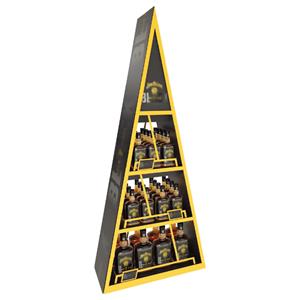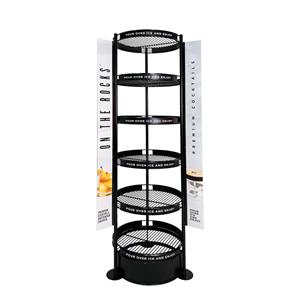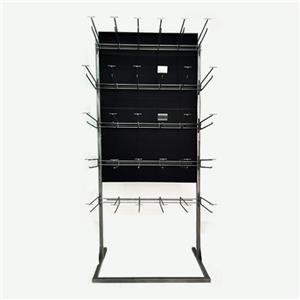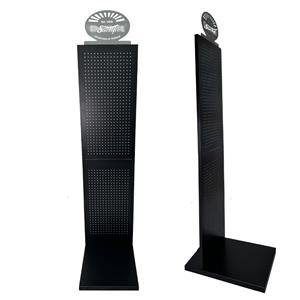How to intelligently apply modern retail display?
How to intelligently apply modern retail displays?
Table of contents
1)Introduction
2)Understanding the Role of Modern Retail Displays
3)Smart Gondola Shelving Configurations that Actually Work
4)Using Traffic Flow to Inform Shelf Layout
5)Mixing Shelf Types for Maximum Functionality
6)FAQ: Questions About Modern Retail Displays and Gondola Systems
7)How to Choose the Right Custom Display Rack Supplier
8)Conclusion
Efficient modern retail displays and well-thought-out gondola shelving configurations can significantly influence customer behavior, improve product visibility, and help stores achieve better inventory flow. In today’s competitive retail environment, the right display strategy does more than just organize products—it becomes part of the customer journey.
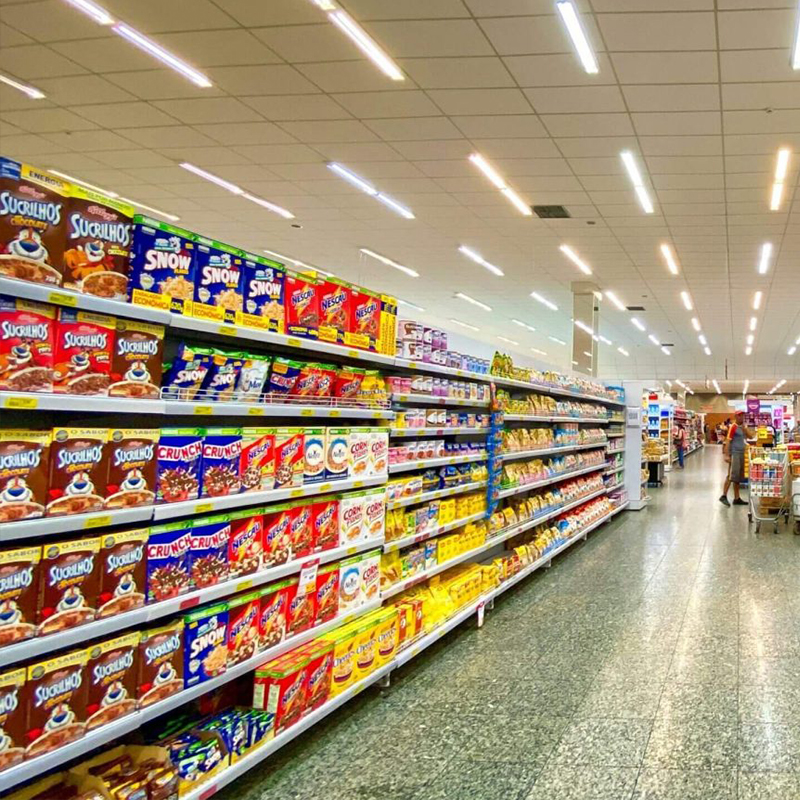
1. Understanding the Role of Modern Retail Displays
A well-structured retail environment isn’t accidental—it’s built with intention. Modern retail displays are more than decoration; they guide the eyes, create zones, and influence how long a customer stays. Whether in a pharmacy, grocery store, or boutique, display racks serve as both support and signal.
Retailers today are focusing on modular systems that can be easily updated based on seasonality or promotions. From endcaps to freestanding units, keeping displays fresh and easy to navigate is key. When customers feel at ease, they tend to spend more time browsing—and more time often leads to higher sales.
2. Smart Gondola Shelving Configurations that Actually Work
Gondola racks remain one of the most popular gondola shelving configurations due to their flexibility. Double-sided for maximum exposure and easy reconfigurability, these shelves let retailers adapt quickly without major overhauls. The real secret lies in how the shelves are positioned, not just what’s on them.
Vertical product stacking keeps the eye moving upward, while horizontal grouping makes comparisons easier. High-margin products often perform better when placed at arm or eye level. Avoid flat shelf layouts unless absolutely necessary—they don’t direct attention efficiently.
3. Using Traffic Flow to Inform Shelf Layout
People naturally turn right when they enter a store. That habit alone should inform how modern retail displays are arranged. Placing feature items on the first gondola shelf to the right tends to increase engagement. The overall walking path should be fluid, not forced.
End-of-aisle displays, for example, grab attention and deserve premium products or limited-time promotions. Don’t overcrowd—clean space around gondolas can actually make products feel more premium. Leave at least 1.2 meters of aisle space to keep the experience comfortable.
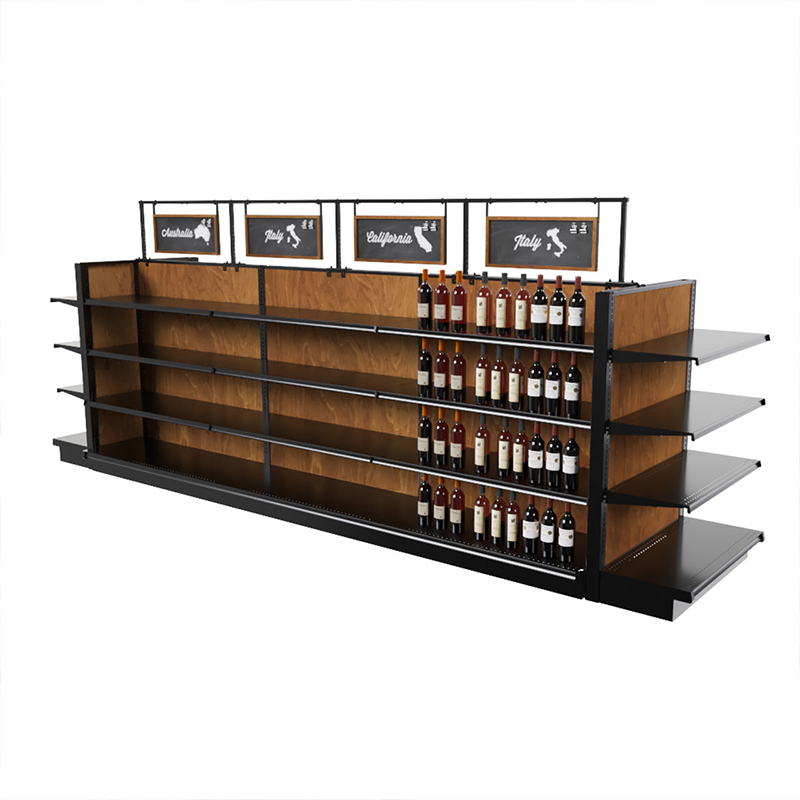
4. Mixing Shelf Types for Maximum Functionality
A mix of vertical and angled shelving can serve different product types better. For example, magazines or packaged snacks tend to perform well on tilted shelves. Meanwhile, boxed goods like household items benefit from standard flat shelving.
Using different heights and depths helps highlight key items while maintaining a smooth visual rhythm. In gondola shelving configurations, height variation can break monotony and naturally create product zones—making it easier for customers to browse without getting overwhelmed.
5. FAQ: Questions About Modern Retail Displays and Gondola Systems
Q1: How often should gondola displays be changed?
A1: Ideally, minor updates should be made monthly, with a full reconfiguration every quarter depending on sales data and product cycles.
Q2: Are modern retail displays suitable for small stores?
A2: Yes. Modular units work well in compact spaces and can actually help make smaller areas feel more open and organized.
Q3: What's the ideal height for gondola shelves?
A3: Most effective shelf heights are between 90 cm and 160 cm. This range matches the average customer’s eye and hand levels.
Q4: Can I mix product types on the same gondola?
A4: You can, but it’s best to group items with similar use or themes. For example, pairing snacks with drinks works better than mixing snacks with household cleaners.
Q5: Do display colors affect customer decisions?
A5: Yes, color schemes matter. Neutral shelf colors (white, black, or gray) keep focus on the product, while warm lighting enhances shelf appeal.
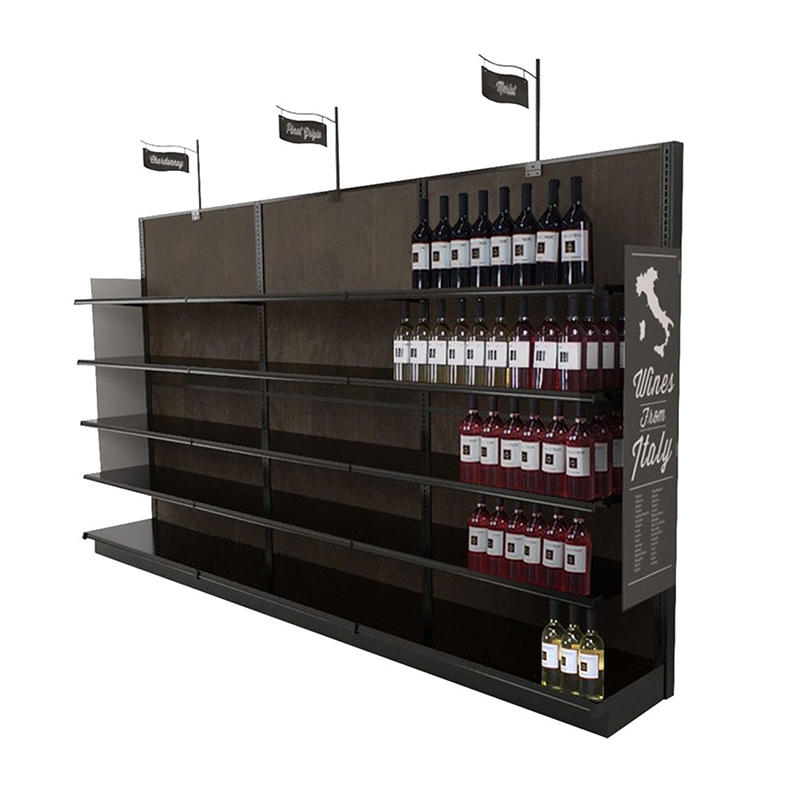
Sintop Value
At Sintop, we craft modular gondola shelving systems and modern retail displays that blend functionality with aesthetics. Our solutions help retailers optimize traffic flow, highlight key products, and create flexible zones suited for frequent layout changes. Whether for small stores or large supermarkets, Sintop delivers display fixtures that maximize every square meter for peak performance.

Contact information
Website: www.sintopfixtures.com
Wechat/WhatsApp: +86 15980885084
Email: elly@xm-sintop.com
FAQ
1. What are store fixtures?
Store fixtures are essential equipment and furniture used in retail spaces to display, organize, and store merchandise. Examples include shelving units, racks, display cases, counters, and hooks.
2. Why are store fixtures important?
Store fixtures enhance the shopping experience by organizing products, improving accessibility, maximizing space, and creating appealing displays that attract customers and boost sales.
3. What types of store fixtures are commonly used?
Common types of store fixtures include:
Shelving Units(wall shelves, free-standing shelves, adjustable shelving)
Display Cases (glass cases, countertop cases)
Racks (clothing racks, display racks)
Counters (checkout counters, service counters)
Hooks and Pegboards
End Caps
Signage and Graphics
Mannequins
4. How do I choose the right store fixtures for my retail space?
Consider your merchandise type, store layout, and branding needs. Fixtures should be functional, complement your store's design, and fit within your budget. Evaluate your space to determine the best fixture types and configurations for optimal product presentation and customer flow.
5. Can store fixtures be customized?
Yes, many store fixtures can be customized to align with your store's branding and specific needs. Customization options include materials, colors, sizes, and designs. Collaborating with a fixture supplier or designer can help create fixtures that match your store’s style and functional requirements.
6. How can I maximize space with store fixtures?
Utilize fixtures that optimize vertical space, such as wall-mounted shelves and tall display racks. Modular and adjustable fixtures can adapt to changing merchandise or store layouts. Plan your store layout carefully to ensure efficient use of space and smooth customer flow.
7. How do I maintain store fixtures?
Regularly clean and inspect fixtures to ensure they remain in good condition. Check for wear and tear, and repair or replace damaged parts. Follow manufacturer guidelines for maintenance and cleaning to extend the lifespan of your fixtures.
8. Can store fixtures be used for different types of retail stores?
Yes, store fixtures can be adapted for various retail environments, including clothing stores, electronics shops, grocery stores, and more. The choice of fixtures depends on the specific needs and merchandise of the store.
9. How can store fixtures improve the customer experience?
Well-designed fixtures make products easy to find and browse, enhancing the overall shopping experience. Effective use of fixtures creates an organized, aesthetically pleasing environment that encourages customers to spend more time in the store.
10. Where can I purchase store fixtures?
Store fixtures can be purchased from specialized fixture suppliers, retail equipment stores, or custom fixture manufacturers. Online retailers and local suppliers also offer a wide range of options.

